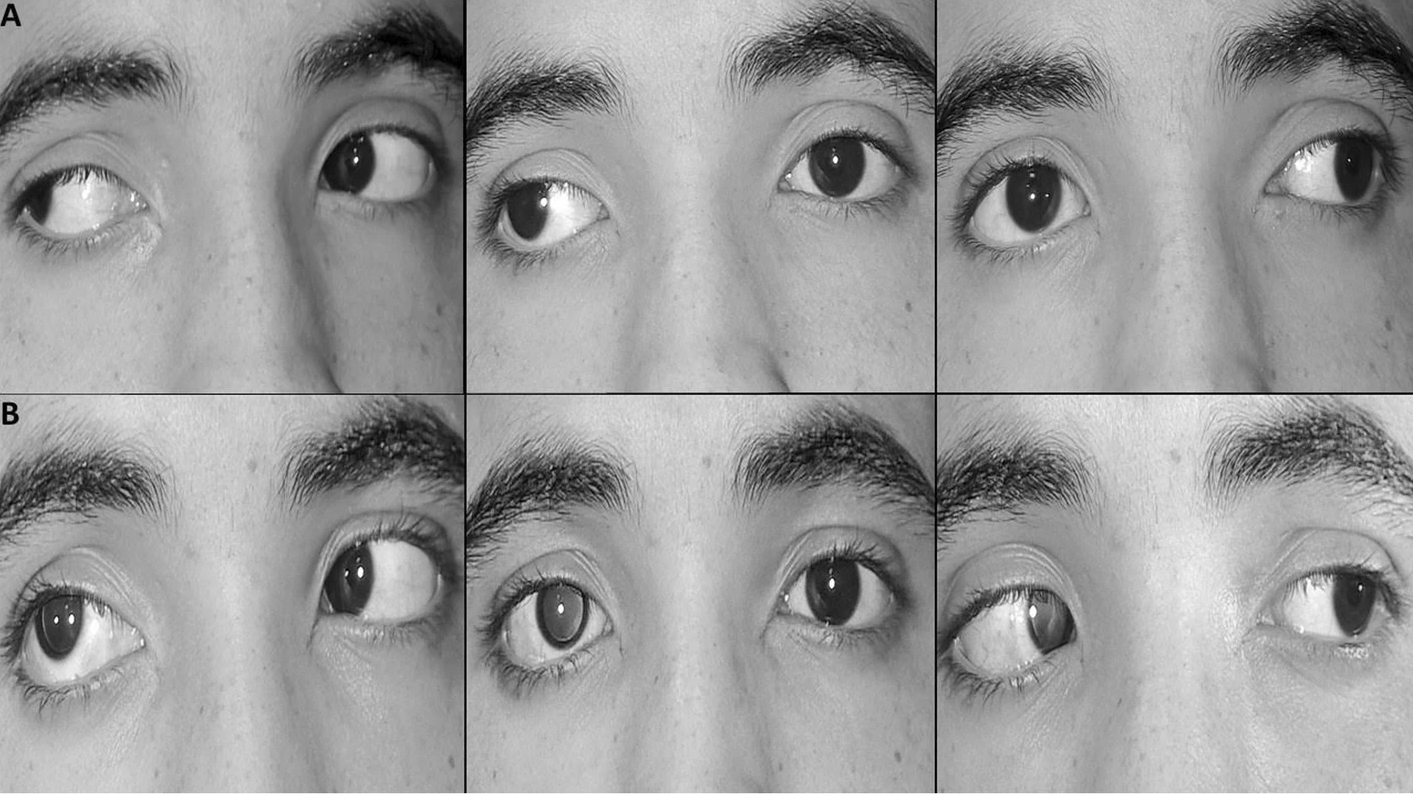 |
| Younger onset age, larger preoperative angle and less immediate postoperative overcorrection may increase the risk of early recurrence of intermittent exotropia. Photo: Mohamed F. Farid. Click image to enlarge. |
Both surgical and nonsurgical procedures are components of intermittent exotropia treatment. Researchers in China have developed nomograms that accurately predict the risk of early recurrence within 24 months after surgery for patients with basic-type intermittent exotropia and help clinicians select appropriate interventions at the time of surgery decision and early stage after surgery.
In this study, the cumulative probability of success rate considering recurrence as the event was 91.9% for six months, 88.1% for 12 months, 82.9% for 18 months and 72.9% for 24 months after surgery in basic-type patients with intermittent exotropia. Younger onset age, larger preoperative angle and less immediate postoperative overcorrection may increase the risk of early recurrence. Though onset age and age at surgery were strongly correlated in this study, age at surgery was not significantly associated with intermittent exotropia recurrence.
The researchers included 210 basic-type intermittent exotropia patients who underwent either the bilateral rectus recession or unilateral recession and resection procedure and had complete follow-up until recurrence or for more than 24 months postoperatively. The primary outcome was early recurrence, defined as postoperative exodeviation over 11 prism diopters at any time beyond postoperative month one and within 24 months.
Calibration plots between predicted and actual observed six-, 12-, 18- and 24-month overall survival using the two nomograms revealed high consistency. Decision curve analysis indicated that both pre- and post-op models yielded great clinical benefits.
Postoperative recurrence has been one of the main concerns regarding the decision-making for surgery and post-op satisfaction, as early recurrence is less acceptable for patients and surgeons.
“Thus, it is necessary to provide advice for reference by building a relatively accurate preoperative predictive model for those hesitating to choose surgery as treatment,” the researchers wrote in their paper. “There's also a need to build a relatively accurate post-op predictive model for those arguing for surgery, in order to afford possible timely intervention for those with high risk of early recurrence or at least help patients establish reasonable expectations.”
Wang Z, Li T, Zuo X, et al. Preoperative and postoperative clinical factors in predicting the early recurrence risk of intermittent exotropia after surgery. Am J Ophthalmol. March 9, 2023. [Epub ahead of print]. |


